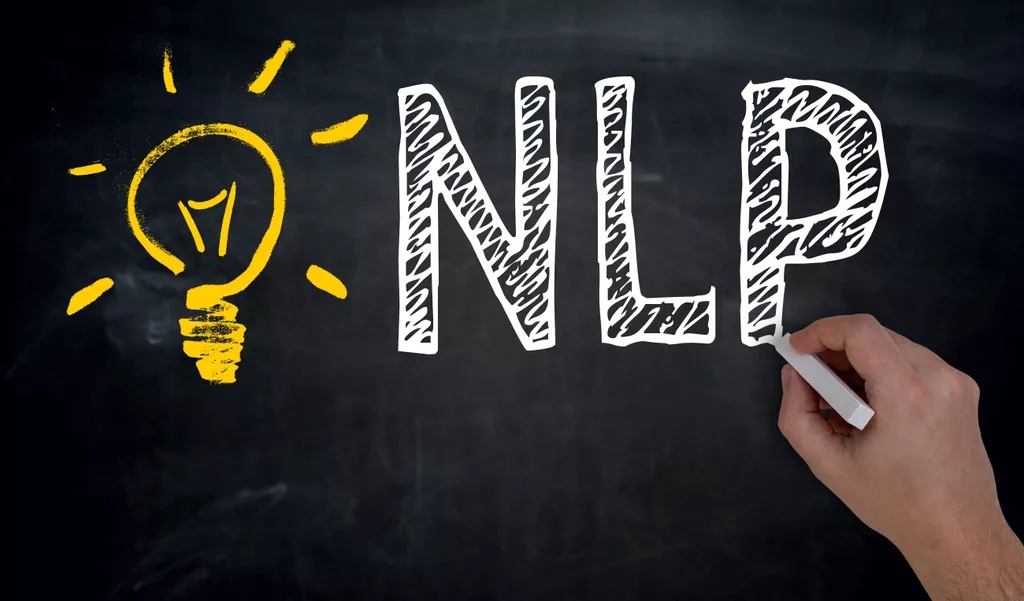
The size of a word’s text in Figure 2.6 is in proportion to its frequency within its sentiment. We can use this visualization to see the most important positive and negative words, but the sizes of the words are not comparable across sentiments. Both lexicons have more negative than positive words, but the ratio of negative to positive words is higher in the Bing lexicon than the NRC lexicon. This will contribute to the effect we see in the plot above, as will any systematic difference in word matches, e.g. if the negative words in the NRC lexicon do not match the words that Jane Austen uses very well. Whatever the source of these differences, we see similar relative trajectories across the narrative arc, with similar changes in slope, but marked differences in absolute sentiment from lexicon to lexicon.

Sentiment analysis allows for effectively measuring people’s attitude towards an organization in the information age. Expertise in this project is in demand since companies want experts to use sentiment analysis to analyze their product reviews for market research. A beginner can start with less popular products, whereas people seeking a challenge can pick a popular product and analyze its reviews. The semantic analysis process begins by studying and analyzing the dictionary definitions and meanings of individual words also referred to as lexical semantics.
Image and video analysis
He graduated from Bogazici University as a computer engineer and holds an MBA from Columbia Business School. In my testing, longer prompts can result in ChatGPT losing the request and, instead, offering a summary or analysis. In our previous post we’ve done a basic data analysis of numerical data and dove deep into analyzing the text data of feedback posts. It’s a good way to get started (like logistic or linear regression in data science), but it isn’t cutting edge and it is possible to do it way better. Now, imagine all the English words in the vocabulary with all their different fixations at the end of them. To store them all would require a huge database containing many words that actually have the same meaning.
Then, you will use a sentiment analysis model from the 🤗Hub to analyze these tweets. Finally, you will create some visualizations to explore the results and find some interesting insights. AutoNLP is a tool to train state-of-the-art machine learning models without code. It provides a friendly and easy-to-use user interface, where you can train custom models by simply uploading your data.
Tutorial: Predicting Movie Review Sentiment with Naive Bayes
Section 5.3.1 explores an analysis using a sentiment lexicon specifically for finance. This is not the end of a very long list of tools used for text analysis. We’ve barely scratched the surface and the tools we’ve used haven’t been used most efficiently. You should continue and look for a better way, tweak that model, use a different vectorizer, gather more data. We’re not going to venture too deep into designing and implementing this model, that itself can fill out a few articles. We’re just going to quickly run the basic version of this model on each feedback content.
What is text in discourse analysis?
The text is the fundamental unit of discourse. In computational linguistics, these methods are often referred to as 'bag of words' approaches, where important discourse characteristics such as word order, grammar, cohesion/coherence and textual boundaries are entirely disregarded and replaced by simple frequency data.
Once you have coded for the sentiments expressed in your data, you can query your findings by creating reports. For example, you can go to the Reports page and create a code distribution report to examine the frequencies of these codes. In Figure 9, you can see an example of a code distribution report based on the first three participants, and we clearly see that the tone of participants is mostly positive. They make jokes and snarks at face value and classifies them as a moderately negative sentiment or an overwhelmingly positive one.
How does semantic analysis represent meaning?
The flowchart of text sentiment analysis fused with multiple features is shown in Figure 2. Sentiment analysis sometimes referred to as information extraction, is an approach to natural language recognition which identifies the psychological undertone of a text’s contents. Businesses use this common method to determine and categorise customer views about a product, service, or idea.
- It is the first part of semantic analysis, in which we study the meaning of individual words.
- Why not use these data sources to monitor what people think and say about your organization and why they perceive you this way?
- Word Sense Disambiguation involves interpreting the meaning of a word based upon the context of its occurrence in a text.
- The goal is to classify the sentiment of the existing review text, so as to find the user’s evaluation information on products and topics.
- It uses Liu & Hu and Vader sentiment modules from NLTK, multilingual sentiment lexicons from the Data Science Lab, SentiArt from Arthur Jacobs, and LiLaH sentiment from Walter Daelemans et al.
- These entities are connected through a semantic category such as works at, lives in, is the CEO of, headquartered at etc.
Sentiment analysis tools work best when analyzing large quantities of text data. Intent-based analysis recognizes motivations behind a text in addition to opinion. For example, an online comment expressing frustration about changing a battery may carry the intent of getting customer service to reach out to resolve the issue. All these mentioned reasons can impact on the efficiency and effectiveness of subjective and objective classification. Accordingly, two bootstrapping methods were designed to learning linguistic patterns from unannotated text data. Both methods are starting with a handful of seed words and unannotated textual data.
Gain insights with 80+ features for free
This approach is similar to opinion ratings on a one to five star scale. This approach is therefore effective at grading customer satisfaction surveys. The age of getting meaningful insights from social media data has now arrived with the advance in technology. The Uber case study gives you a glimpse of the power of Contextual Semantic Search. It’s time for your organization to move beyond overall sentiment and count based metrics.
Google Cloud Announces New Foundation Models & Embeddings … – AiThority
Google Cloud Announces New Foundation Models & Embeddings ….
Posted: Tue, 16 May 2023 07:00:00 GMT [source]
For instance, a text-based tweet can be categorized into either “positive”, “negative”, or “neutral”. Given the text and accompanying labels, a model can be trained to predict the correct sentiment. There are two techniques for semantic analysis that you can use, depending on the kind of information you want to extract from the data being analyzed.
Search engine results
The second approach is a bit easier and more straightforward, it uses AutoNLP, a tool to automatically train, evaluate and deploy state-of-the-art NLP models without code or ML experience. For example, semantic analysis can extract insights from customer reviews to understand needs and improve their service. Text analysis is an important part of natural language processing(NLP), which is a field that deals with interactions between computers and human language. Semantic analysis extracts meaning from text to understand the intent behind the text. BytesView text sentiment analytics tool is one of the most effective and easiest ways to extract insights for unstructured text data.
Integrating ChatGPT Into Data Science Workflows: Tips and Best … – KDnuggets
Integrating ChatGPT Into Data Science Workflows: Tips and Best ….
Posted: Tue, 30 May 2023 12:03:10 GMT [source]
With the help of meaning representation, we can link linguistic elements to non-linguistic elements. In other words, we can say that polysemy has the same spelling but different and related meanings. In this task, we try to detect the semantic relationships present in a text. Usually, relationships involve two or more entities such as names of people, places, company names, etc. This article is part of an ongoing blog series on Natural Language Processing (NLP). I hope after reading that article you can understand the power of NLP in Artificial Intelligence.
Robotic Process Automation
In some cases, the entire program will break down and require an engineer to painstakingly find and fix the problem with a new rule. But you (the human reader) metadialog.com can see that this review actually tells a different story. Even though the writer liked their food, something about their experience turned them off.
- Using supervised and unsupervised machine learning techniques, such as neural networks and deep learning, the model will learn what nouns look like.
- A primary problem in the area of natural language processing is the problem of semantic analysis.
- According to IBM, semantic analysis has saved 50% of the company’s time on the information gathering process.
- Notice that we are plotting against the index on the x-axis that keeps track of narrative time in sections of text.
- Polysemy refers to a relationship between the meanings of words or phrases, although slightly different, and shares a common core meaning under elements of semantic analysis.
- Semantic analysis employs various methods, but they all aim to comprehend the text’s meaning in a manner comparable to that of a human.
For example, do you want to analyze thousands of tweets, product reviews or support tickets? Text sentiment analysis is the process of using various techniques to understand the meaning of the written text. This can include techniques such as natural language processing (NLP), sentiment analysis, and text mining.
What are the types of semantic analysis?
There are two types of techniques in Semantic Analysis depending upon the type of information that you might want to extract from the given data. These are semantic classifiers and semantic extractors.
